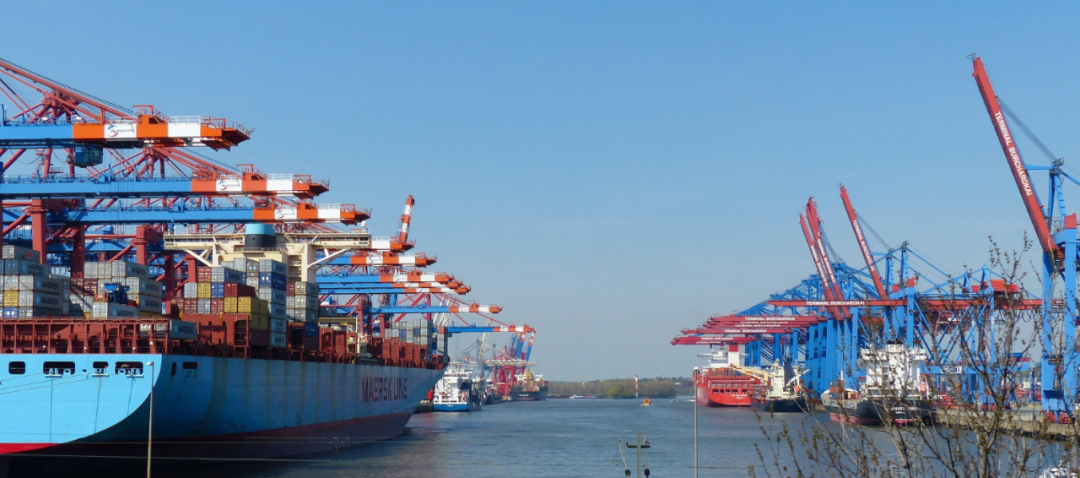
After experiencing unprecedented prosperity, the container shipping market may usher in a "hard landing" in the future. In the past two years, container shipping companies have "madly" purchased ships to expand, and may face the risk of serious excess capacity in the future.
As the epidemic has stimulated consumer demand, the performance of the global container shipping industry has soared, and the profit in the past three years is almost the sum of the past 60 years. The world's major shipping companies MSC, Maersk, CMA CGM and Hapag-Lloyd have all experienced unprecedented market booms. However, this market upcycle appears to have peaked.
Drewry, a shipping consultancy, estimates that combined profits for the container shipping industry were only about $7 billion in 2019, expanding to $26 billion in 2020, soaring to $210 billion in 2021 and $270 billion in 2022. The profit of the container shipping industry between 2021 and 2023 is equivalent to the sum of the years from the advent of container ships in the 1950s to 2020.
However, since the third quarter of this year, the peak season of the container shipping market has been cold, and although the problem of terminal congestion has not eased, the freight rate has dropped by about 30%. In the latest week, the Shanghai Export Containerized Freight Index (SCFI) fell 10.03% to 2562.12 points, falling back to the lowest point since late December 2020.
Industry experts predict that the profitability of container shipping companies will decline next year, inflation in European and American countries will soar, many countries will face the threat of economic recession, and the container shipping market will also be affected. Maersk CEO Shi Suoren said that he is particularly worried about the situation in Europe, where consumer confidence is low, the crisis in Russia and Ukraine continues, and European imports have fallen back to pre-epidemic levels.
At the same time as demand has decreased, container shipping companies have also had to deal with a large number of new capacity. According to Alphaliner data, the proportion of container ship orders in the current fleet has surged from a historical low of 8% in 2020 to 28%.
Drewry senior manager Simon Heaney said container lines would probably regret adding a lot of capacity in 2022. If the economy does decline and container demand cools faster than expected, that will allow ports to return to normal at an accelerated rate, freeing up more capacity. At present, many new container ships have been delivered and put into operation, and there is a risk of a severe oversupply next year.
However, the downward cycle faced by the container shipping industry this time is very different from the previous one. After integration and mergers, the current concentration of the container shipping industry is higher, and the remaining major container shipping companies have more scales, and all of them are the three major ones. The members of the shipping alliance can cooperate to adjust the capacity. Container lines can also cut capacity by reducing regular flights, idling ships, delaying deliveries, and more.
It is said that before the 11th Golden Week, the container shipping company has cancelled nearly 9% of the capacity of the Asia-Europe route. CMA CGM recently announced that five scheduled flights will be cancelled from October 1st to 7th, and the capacity of the Asia-Europe route will be reduced by 100,000 TEU. Maersk and MSC in the 2M alliance plan to cancel seven flights and cut capacity by 10%. THE Alliance plans to cancel 10 flights and 18% of its capacity.
Previous:"China-US-Western route is no longer the most profitable route"
Next:Behind the "zero freight rate" and "negative freight rate" of Southeast Asian ro